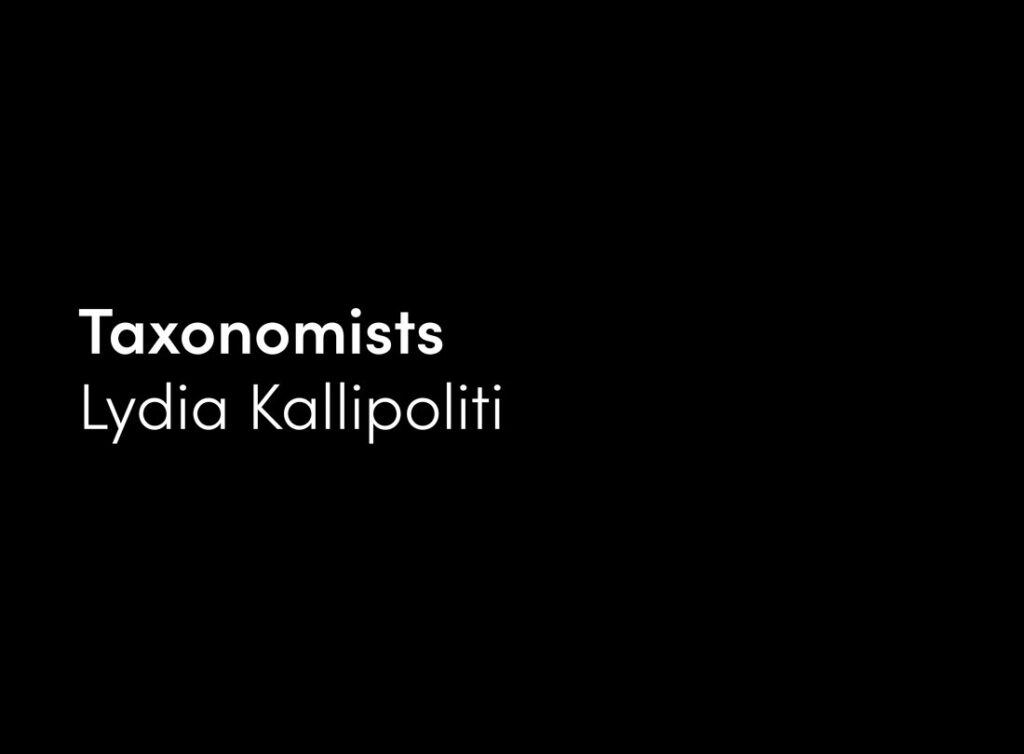There is an old adage within the (particularly pre-digital) graphic design world that refers to the conundrum of integrating poor quality or insipid images into an effective display: “when in doubt, blow it up.” If an image is unworkably deficient at one scale, enlarging it does not simply mask the defect but eradicates it entirely by activating a wholly different set of values that emerge only at the amplified scale. In sum it is no longer the same image, its semantics no longer derive from the “mise en scène” of the common act playing out literally within its frame, but are generated now from the rhythms, lines, colors, and the incidents of transition and movement that it now brings to the foreground. It is not that the base or first order meaning is no longer present, but rather that its meaning is invoked now rather than flatly displayed, set into vibration in its full ostranenie (defamiliarization) effects, a thing at once familiar and yet inalienably startling and new. In the expansion process an element of abstraction and unprecedentedness is released, as meaning and use become open, referrable to new and unforseen conjugations and domains. The act of amplification is often a poesis, a magical operation that transforms and hints at alternative logics and life forms. Amplification is hence close to a radical carnivalesque, seen nowhere more humorously or effectively than in Rabelais’ Gargantua and Pantagruel, a work whose profound social impact had everything to do with its free and exaggerated deployment of human bodily functions and drives, the very thing so deeply stifled today in nearly all modern technological approaches to nature. Almost all hypertrophy in our semantic tradition has its roots in an affirmation of growth and change, in the processes of organic life—in a word, in the affirmation of metabolism.
Among the shortcomings of our times, no less dismal than our failure collectively to acknowledge the catastrophes impending within our natural environment, are the cultural and intellectual bankrutptcy and the pinched accounting practices with which our creative disciplines have to date mustered to address them. Speculation has always been the spearhead of the architecture enterprise, the motor that both drives its innovative arm and its claim to a front row seat in history, but in the face of the current challenges it has incomprehensibly ceded place to the humdrum reflexes of the engineers. The critique of this depressing state of affairs has to date been dominated by largely out of touch architectural formalists for whom any attempt to found practice in extra-architectural problems and ideas—particularly scientific, social and philosophical ones—is met with parochial indignation or contempt. Hence the “eco-technocrats” on one side and the insular formalists on the other are the voices we hear, but they are not the ones that carry conviction or sway. The task today is to think and work outside this narrow cubicle of commonplaces, to break free of their sterile routines at any cost, to incorporate a dose of extremism into one’s practice in good measure and as necessary so that the problems we face today become visible in new ways, placed in relation to what is not yet known rather than in relation to what is most obvious, convenient, tired, and false.
We will not reckon or calculate our way out of our current predicaments—this has never been the case and it will be no different now. We can however imagine our way out—move ourselves by means of affective allegiances into a new place from which new conditions, rather than simply and simplistically new solutions, will emerge. Propositions of ecological philosophy, ecological thought, and ecological practice will not live and die according to a balance sheet (even if these latter were not almost always shills) but according to history, in proportion to how fully they enter into the commerce and habitus of human affairs, and in so doing how culture alters and re-invents them.
The works collected here all seek to foreground the metabolic functions of architecture—at once those inherent to it throughout its history but more particularly those that must be engaged today in the most vigorous ways in order to realign our entire cognitive approach to the art of building—oriented less to the world of things as to the universe of modulated processes. These are transformers in every sense of the term. What is proposed is not far from a “style” and in this it leverages both risk and considerable ambition. The hyperbolic lyricism it celebrates is put at the service of a larger and almost ribald seriousness, approximating in physical form the expressive and rhetorical heights of the three-century long traditon of Melodrama, the use of exaggerated figurations to appeal to the flesh and the emotions. Nature paradoxically is allowed to reappear here—in flagrant representation through machinic languages—as a problem of passionate processes and movements and no longer as a docile force subject to the petty conceits of calculation.
Indeed there is a phrase in the conservationist world that differentiates between wildlife that typically attract interest and attention and those that for no other reason than their lesser capacity to combust energy and transform their physical, psychic, and affective environments, attract less. They are referred to as charismatic megafauna (tigers, elephants, eagles, and whales, for example) and their sheer magnetic appeal has been a decisive force for engaging human interest in the broader, more subtle recoveries and trasformations of despoiled habitats. These species, without any doubt, were also once principal predators of humans themselves, which no doubt makes them objects of almost genetic or ancestral curiosity since there is already a place of innate interest in them hardwired within us. In the same way, the predatory machinery of our cultural and technical worlds can be redeployed as charismatic entities, precisely because they are dangerous and possess formidable appetites. But by dramatizing their power and integrating them into our urban and psychic ecologies, we apprehend our world as the integrated weave it is, a massive digesting and transforming apparatus whose fate is partly ours to invent.












